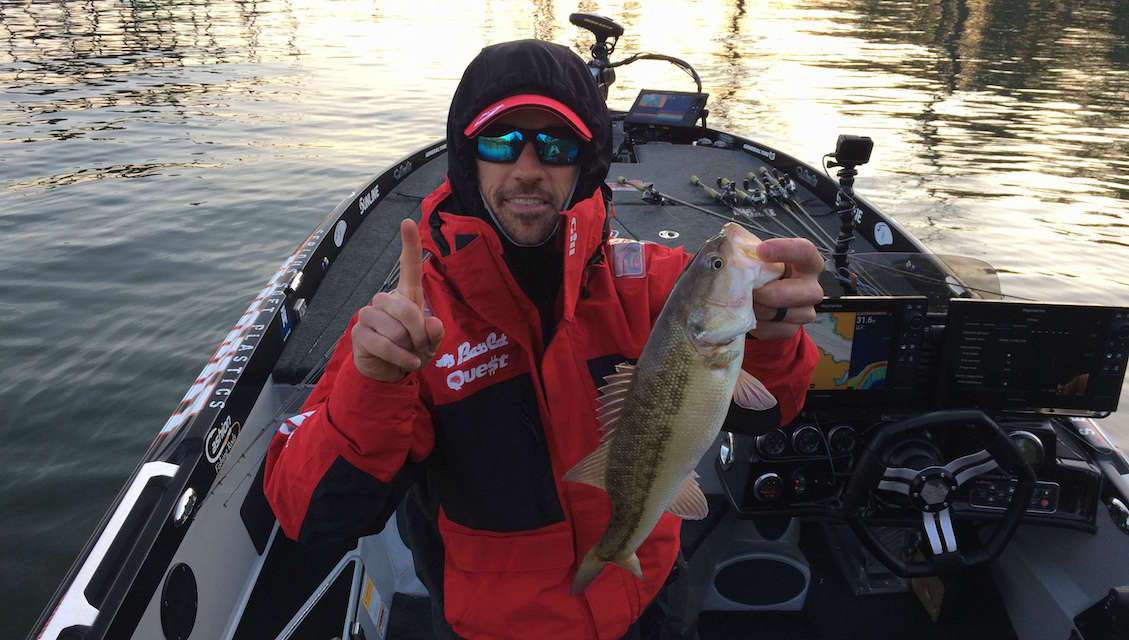
Most anglers know that crankbaits are effective during the prespawn.
But what about during the cold, late winter period? You betcha, says Bassmaster Elite Series pro John Crews.
“A lot of people think the crankbait bite doesn’t start until prespawn, when the water temperature hits 50 degrees or so,” said the Virginia pro. “But I’ve caught ‘em really well with a crankbait when the water has been in the mid-40s and other anglers are out fishing jigging spoons.”
Crews says the crankbait shouldn’t be overlooked in shallow water, either. He says on sunny days the fish will move up in the afternoons onto sun-soaked shorelines where the water is warming.
He targets the middle or back sections of major creeks, looking for places where the channel cuts close to the bank. That gives the fish a deep water sanctuary when the water is cooling down and a place to slide up shallow and feed when the sun warms up the shoreline.
“That sun pulls the crawfish and little bream up to the bank, and that’s why the bass are there,” he explained.
For that reason, he’s casting to vertical rocky banks or slowly winding his lure through brush piles and tree tops on banks near dropoffs where a lot of the baitfish suspend.
Here are his three keys to being a better cold-water cranker:
Downsize your line
Crews says smaller diameter line allows the bait to work freer, especially on a slow to medium retrieve.
He also prefers monofilament, saying that 10-pound lines handle better in cold weather than fluorocarbon. Limp monofilament also enhances the movement.
“I’ll even go down to 8-pound line at times to allow the bait get deeper and maximize its action,” he described.
Be selective with colors
Crews believes crankbaits with yellow and/or red colors on them get more bites in cold water.
“I try to fish water with a little bit of stain, but those colors seem to work well for me in clear, cold water, too,” he explained. “Regardless of what color the lure body is, make sure the bait has an orange belly. That’s key to me in that situation.”
Choose buoyant baits
A bait that suspends when you pause the retrieve seems to get more bites, Crews insisted. If your favorite crankbait doesn’t suspend, you can alter it so that it does.
For example, Crews will remove the stock hooks on his Spro Little John and replace them with two, short shank No. 2 hooks that add just enough weight that the bait will suspend when he stops the retrieve.
“When I’m winding the bait and feel it hit cover, I will stop for a second or two and maybe twitch it once or twice, then resume cranking,” he described. “I’ve caught a lot of good fish in cold water by doing that.”
Crews doesn’t believe bass will come out of nowhere to blast a bait in cold water, so making it pause without bobbing to the top arouses their interest.
“They just mosey up close and look at it, and then when you twitch it they suck it in,” he added.
Originally published in 2013.





